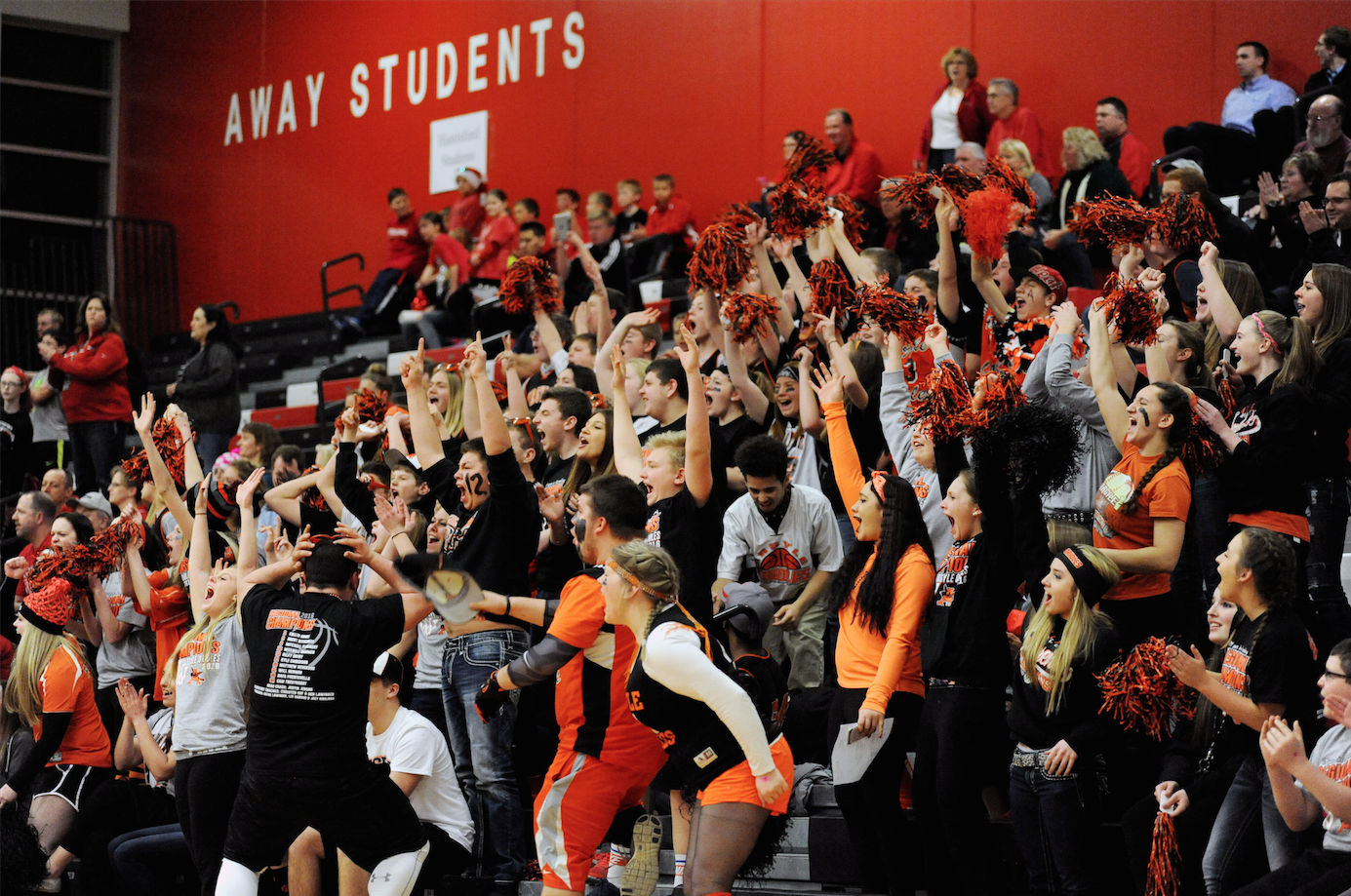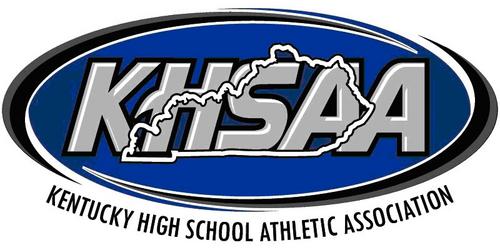A.D.ministration: Dealing with Wayward Fans
Overall, most fans are supportive, and cooperative, and pose no concern. In some settings, however, there may be a small bunch that demonstrates poor sportsmanship, cause assorted problems, and maybe disruptive. The question arises, how do you deal with this wayward group of fans? And you do need a plan! You can’t just hope that it will improve and go away on its own.
As an athletic administrator, you are constantly faced with decisions concerning an unending list of tasks, responsibilities, developments, and occasional problems. You analyze the facts, list all of the possible solutions, and a few might even be fairly unique and creative, and ultimately choose the best one. And then you go about planning and implementing your decision. It is no different when dealing with wayward fans. The following suggestions should help guide your efforts.
Develop a Set of Expectations for Your Fans You don’t have to reinvent the wheel. As long as you give credit to other athletic administrators, take a look at their guidelines, and adapt those items which seem positive and would be a good fit for your venues. It is important, however, to have separate documents for your various facilities, since they may present unique situations and challenges. You need to be as specific as possible to cover all potential developments and problems. In two words, you always want to be proactive and prepared.
You don’t have to reinvent the wheel. As long as you give credit to other athletic administrators, take a look at their guidelines, and adapt those items which seem positive and would be a good fit for your venues. It is important, however, to have separate documents for your various facilities, since they may present unique situations and challenges. You need to be as specific as possible to cover all potential developments and problems. In two words, you always want to be proactive and prepared.
Each set of your expectations needs to be as clear and concise as possible. Why? These guidelines have to be easily understood by all spectators. There can’t or shouldn’t be any confusion. This is why you need to spend considerable time working on the exact wording and even consider the number of expectations that are included. If this document is too long or confusing, it won’t serve its purpose.
Distribute and Communicate Your Expectations
A completed set of expectations does no good, if your fans don’t know that they exist, what are included and why they are necessary. This means that you have to get your guidelines into their hands, and also provide explanations and answer questions. For good, complete compliance, everyone has to understand what is involved, even if they don’t agree.
Use every available vehicle and medium in order to reach the greatest number of fans. This means posting your documents on your website, using social media, sending email blasts, including the expectations in all printed handbooks and handouts, and personally handing out a card or brochure which includes them. Also, have hard copies at your ticket booths for quick and easy distribution.
Using a Unified Approach
Have you ever been confronted with a group of wayward fans from a visiting school who complain, “But we don’t do that at our school? Or, we don’t have that rule?” This can be a problem when attempting to maintain a good, positive, problem-free environment. But there is an answer. Greater compliance can be achieved when all schools within a league or county agree and use the same set of expectations – something that is universal for all members. In this manner, visiting fans have to follow the same guidelines and standards, and there can be no excuses. Even if you don’t have an aligned group of schools, there is another step that you can take. Several days or weeks before a contest – either a non-league or conference foe – send the opposing athletic director a copy of your fan expectations via an email attachment. Ask him or her to forward your document to the parents at his or her school, and nicely explain that these guidelines will be enforced. Also, see if your expectations about wayward fans can be read during homeroom announcements for their student fans. Will all athletic administrators help and forward your document? And will the opposing fans read them? There are no guarantees, but you have taken a proactive step.
Use Appropriate, Specific Signage
Many have seen the standard banner, “Let players play, coaches coach, and fans positively cheer for their team. Sportsmanship is Everyone’s Responsibility.” And there are many others. This signage will not eradicate all problems, but it is another small step – when combined with all of your other efforts – which may make a little difference.
Besides these standard banners, create and have some made which are specific to your venues and match your fan expectations. The ones constructed of vinyl are not expensive, and you might try getting your booster club to cover the cost. But signage that explicitly mirrors and supports your expectations can be very helpful.
In addition to posting your expectations, also consider adding signage that designates specific sections of your bleachers for the various groups of fans. Separate spaces for parents, visiting fans, and students can help minimize interaction and help to prevent problems from potential wayward fans. These signs should be large and very visible.
Utilize Public Address Announcements
If you haven’t taken the National Interscholastic Athletic Administrators Association’s Leadership Training Course 625, do so. This offering covers the role and responsibilities of a public address announcer at high school games and includes example announcements that cover a wide range of situations.
In addition to using the examples included in the LTC course, don’t be afraid to create your own in order to accurately and specifically mirror your expectations. Once you have standard documents and the announcer has them at his or her disposal, you can repeat them during halftime or timeouts when needed. This is an excellent method to remind fans, and don’t be afraid to compliment the spectators if they have demonstrated proper decorum and maintained a great, supportive environment. Positive reinforcement is a great and successful technique.
Plan for Large, Rivalry Contests
When you anticipate a larger crowd than normal, schedule extra security personnel and make contact with the precinct commander so that he or she is aware of the increased potential of possible emergencies. Also, put out reminder notices on your website, and use email blasts and social media to remind your fans of their expectations.
» ALSO SEE: THSCA Partners with Eccker Sports to Help Understand NIL
If you have the provision, you might consider selling tickets through an online vendor and post when an indoor contest, for example, is sold out. This may eliminate individuals without tickets or the potential for purchasing any on-site from congregating outside the school or stadium. Anything to control additional individuals who is not directly attending the contest on your campus should be considered.
Be Aware and Observant at Games
While being aware and observant constitutes common sense, it is an essential element to deal with wayward fans. For example, if you see a group of your students walking around the track going toward the visitors’ bleachers, you should intervene. Nothing good can result from some of your students who might try to antagonize fans from the opposing team. Your interaction can be as simple as, “Hey guys! Isn’t the refreshment stand in the other direction? It would be a good idea to turn around and head back.” This would not be highly confrontational, but rather a proactive effort to maintain a safe, positive environment.
Also, it is vital that you review your fan expectations and the role that security personnel, teachers, administrators on duty, and student leaders play. This should include where they should be stationed, what to look for, and whom they should contact if they see a disturbance or problem. One should never assume that everyone understands their responsibilities in this effort, and this step should be undertaken prior to every single contest.
Game management and dealing with wayward fans can be challenging, but with proactive planning, clear, concise, effective fan expectations, taking a few extra steps, and being aware of potential problems, your contests can be played in a safe, positive, and enjoyable environment.





